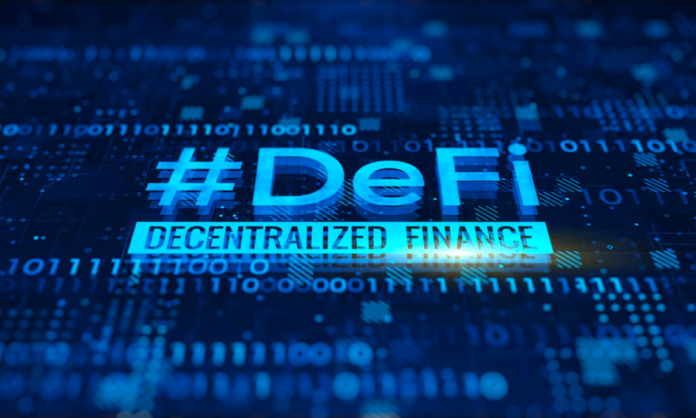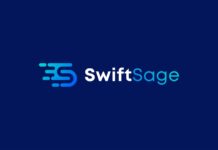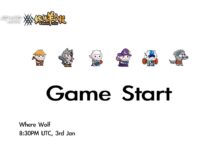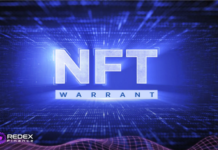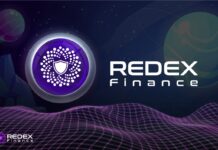With the situation in the world ever evolving, our finance systems have to evolve too to combat that and keep our investments growing long-term. It’s been 2 years since DeFi became popular in the investment world since 2020, and it’s only been improving. Here’s a breakdown of how DeFi has been improving since then and what to watch out for:
DeFi 1.0
DeFi 1.0 was revolutionary because it created pools where users provided liquidity. It aimed to create access to traditional financial products without financial intermediaries, but there were multiple issues with this.
Some examples of DeFi 1.0 projects include decentralized central trading applications and DEXs like Sushiswap and Stablecoin apps like MakerDao. They were the first-movers and managed to bring DeFi to the world, bringing about a world of opportunities.
While these projects revolutionized the concept of investing, over time, problems surfaced especially with liquidity, scalability and accessibility.
Many DeFi projects ended up token plummeting because transaction fees (from providing liquidity to the decentralized exchanges) were insufficient to incentivize liquidity providers to lock in the liquidity. These fluctuations in token prices meant that DeFi projects had to offer up even more native tokens as incentives to such providers. This led to another problem – the token price falling due to the supply surge.
DeFi 2.0
DeFi 2.0 was a whole new wave of projects that sprung up, improving on the limitations with DeFi 1.0 – with a growing trend in DAO (Decentralized Autonomous Organization) governance and decentralization.
DeFi 2.0 combats risk by having projects own their own liquidity rather than external providers, which resolves the need to compete with other projects to retain liquidity from external providers. This process occurs via the bonding mechanism where the protocol sells its native token in exchange for an established cryptocurrency or liquidity pool token. An interesting example is definitely Olympus DAO which sounded unsustainable, but found a way to keep itself afloat.
Most of the DeFi projects we see in the market today belong to the DeFi 2.0 wave, but as with all things, there’s still room for improvement. There have been many issues like underlying assets losing value due to poor treasury management, or anonymous founders and developers sabotaging the project itself by ‘rug pulling’, making investors lose their funds. An example was the SQUID token whereby the token reached $2,850 at its peak, as speculators kept buying the token, pushing prices up till the project founders drained the liquidity pool and took off with investors’ funds.

DeFi 3.0
This means that a problem that definitely needs to be solved today is accountability, on top of the current problems that we’re still trying to fix with DeFi 1.0.
The good news we’ve heard is that of United DAO, an upcoming DAO project plans to push off DeFi 3.0 achieving both asset-backed stability and purchasing power through Establishing True Credibility, Strong On-chain Governance and Active Risk Management for stakeholders.
Learning and building from earlier protocols like Olympus and TIME-Wonderland, United DAO will have a free-floating currency reserve protocol backed by a basket of digital assets. It focuses on growing the supply of the treasury rather than emphasizing on the native token’s price appreciation, so that the protocol can function as a store of value that can maintain its purchasing power regardless of market volatility.
It’s also run by a credible team with multiple years of experience in the finance industry, who are tech-savvy and have a wealth of knowledge. With their expertise and credentials, it’s hard to imagine that the issues with incapability or (lack of) accountability will arise.
True to its name of being United, it aims to build a DAO-led decentralized protocol that is accessible to all as a store of value.
We don’t know about you, but we’ll definitely keep an eye out for more projects to launch this year and stay tuned on their socials so we miss nothing.



